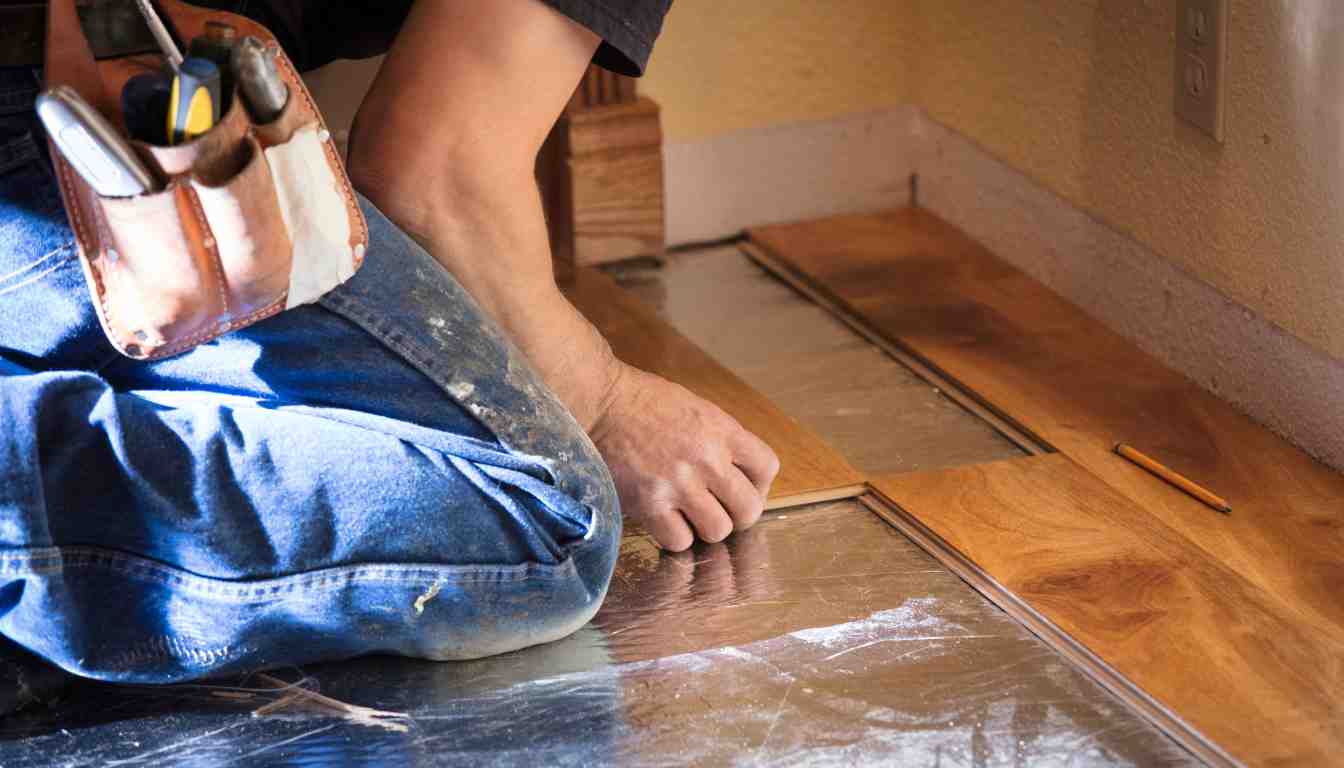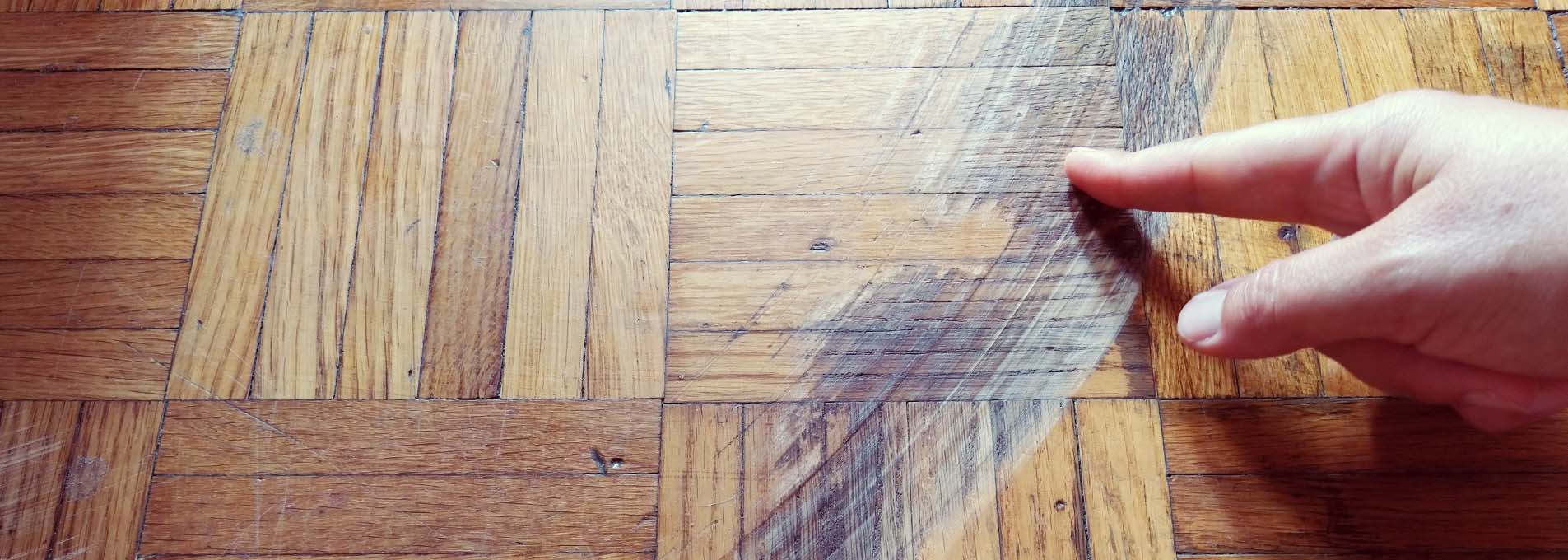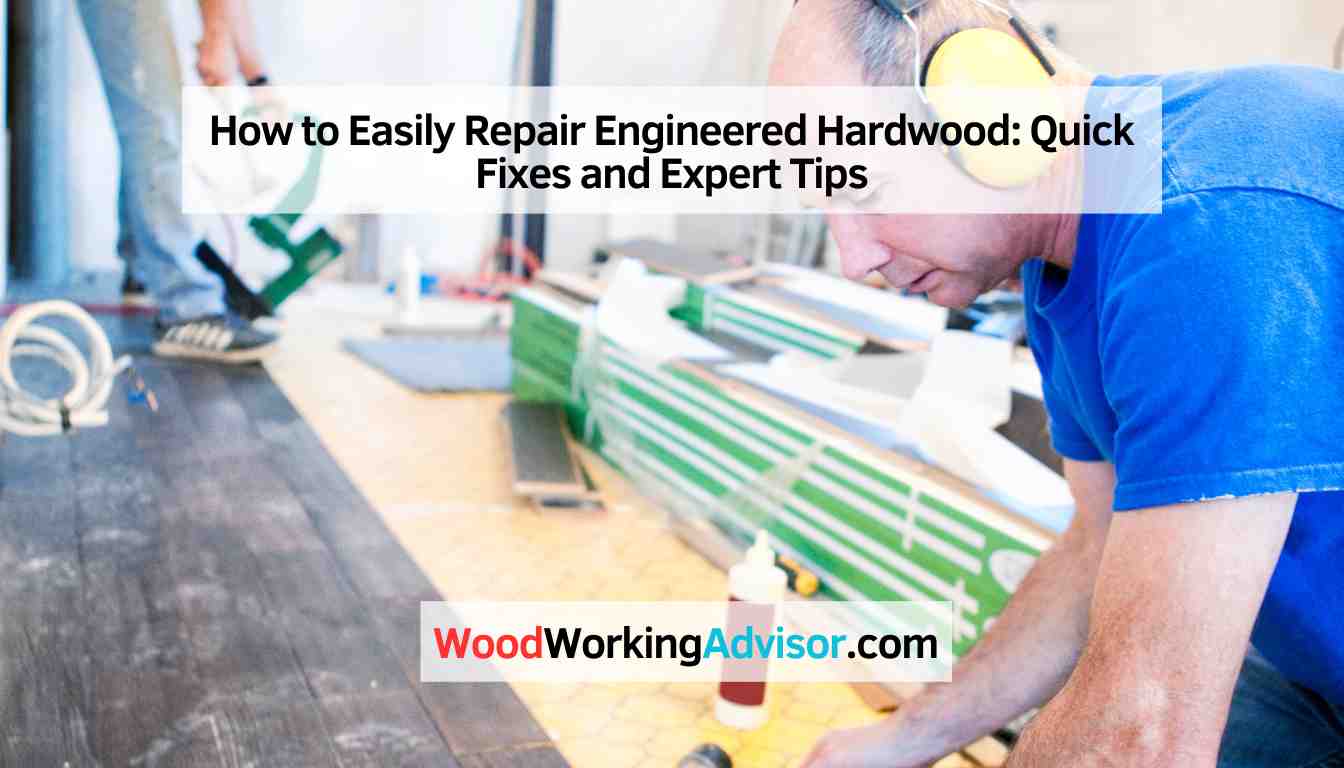To repair engineered hardwood, first, remove damaged boards and replace them with new ones matching the existing floor. Sand, stain, and seal for a seamless finish.
Engineered hardwood flooring is a popular choice for homes due to its durability and aesthetic appeal. However, over time, wear and tear may lead to scratches, dents, or other damage that requires repair. Proper maintenance and timely repairs can help extend the lifespan of your engineered hardwood floors and keep them looking like new.
We will discuss the steps involved in repairing engineered hardwood floors to help you restore their beauty and functionality with ease. By following these simple guidelines, you can maintain the integrity of your flooring and enjoy its benefits for years to come.
Understanding Engineered Hardwood Flooring
Engineered hardwood flooring is a versatile and durable option that offers the beauty of real wood with added strength. Understanding its composition and benefits is crucial for proper maintenance and repair.
What Is Engineered Hardwood?
Engineered hardwood consists of multiple layers of wood topped with a thin veneer of real hardwood. This construction enhances stability and reduces the risk of warping and buckling.
Benefits Of Engineered Hardwood
- Enhanced durability
- Resists moisture and temperature changes
- Wide range of styles and finishes
- Can be installed in various settings

Common Engineered Hardwood Flooring Issues
Engineered hardwood flooring is a popular choice for many homeowners due to its durability and aesthetic appeal. However, like any flooring material, it can encounter various issues over time. Below are some common problems you may encounter with engineered hardwood flooring:
Scratches And Dents
Scratches and dents are common issues that can detract from the appearance of your engineered hardwood flooring.
- Remove furniture carefully to prevent scratches
- Use felt pads on furniture legs to prevent dents
- Apply a protective coating to reduce future damage
Warping And Cupping
Warping and cupping can occur when engineered hardwood flooring is exposed to excessive moisture or humidity.
- Control room temperature and humidity levels
- Fix any water leaks or spills promptly
- Consider using a dehumidifier in high-humidity areas
Quick Fixes For Engineered Hardwood Problems
When it comes to maintaining your engineered hardwood floors, quick fixes can help address common problems and keep your floors looking their best. Whether you’re dealing with scratches, dents, warping, or cupping, taking action promptly can prevent further damage and help your floors last longer.
Filling Scratches And Dents
If your engineered hardwood floors have minor scratches or dents, you can use wood filler to address the imperfections. Simply apply the wood filler to the affected areas and smooth it out with a putty knife. Be sure to choose a wood filler that closely matches the color of your flooring to achieve a seamless repair.
Dealing With Warping And Cupping
Warping and cupping can be caused by excessive moisture or humidity. To address this issue, start by identifying and resolving the source of the excess moisture. After the root cause is addressed, you can attempt to restore the affected flooring by using a dehumidifier to reduce the moisture levels in the room. Allow the floors to acclimate to the new humidity levels to mitigate warping and cupping.
Expert Tips For Engineered Hardwood Repair
Learn expert tips for repairing engineered hardwood floors. Follow step-by-step instructions for fixing scratches, dents, and cracks. Discover the best tools and techniques for seamless hardwood repair.
Repairing engineered hardwood flooring can be a daunting task, but with the right knowledge and tools, you can tackle any problem that comes your way. In this article, we will provide you with expert tips on how to repair engineered hardwood flooring effectively. Whether you are dealing with scratches, dents, or water damage, these tips will help you restore the beauty of your floors and extend their lifespan.
Choosing The Right Repair Products
One of the first steps in repairing engineered hardwood flooring is selecting the appropriate repair products. It’s crucial to choose products that match the color and finish of your hardwood, ensuring a seamless blend between the repaired area and the rest of the floor. Here are some expert tips to consider:
- Identify the type of hardwood used in your flooring, as different types may require specific repair products.
- Consult with a flooring professional or the manufacturer to get recommendations on the appropriate repair products for your specific hardwood.
- Purchase repair products designed specifically for engineered hardwood flooring, such as fillers, glues, and finishes.
- Ensure the repair products you choose are high quality to achieve long-lasting results.
Proper Maintenance Practices
Proper maintenance is key to preventing and reducing the need for repairs on your engineered hardwood flooring. Following these expert tips can help you maintain the condition of your floors:
- Regularly sweep or vacuum your floors to remove dirt, debris, and abrasive particles that can scratch the surface.
- Use rugs or mats in high-traffic areas and near entryways to protect the flooring from excessive wear.
- Wipe up spills immediately to prevent water damage and staining.
- Avoid excessive exposure to sunlight, as it can cause fading and discoloration over time.
- Apply a protective coating or finish to your floors as recommended by the manufacturer to enhance their durability and resistance to scratches.
Preventive Measures For Engineered Hardwood Maintenance
Proper maintenance of your engineered hardwood flooring is essential to keep it looking its best and prolong its lifespan. By taking preventive measures, you can minimize the need for extensive repairs and keep your floors in top condition. Here are some key preventive measures you can implement:
Protective Coatings
One of the most effective ways to prevent damage to your engineered hardwood floors is to apply a protective coating. This coating acts as a barrier, shielding the wood from spills, scratches, and daily wear and tear. There are various types of protective coatings available, including polyurethane, acrylic, and oil-based finishes.
Regular Cleaning And Care
Regularly cleaning and caring for your engineered hardwood floors is crucial to maintain their beauty and durability. Here are some cleaning and care tips:
- Sweep or vacuum your floors regularly to remove dirt and debris that can scratch the surface.
- Use a damp mop or cloth with a hardwood floor cleaner specifically designed for engineered wood.
- Avoid using excessive water, as it can seep into the wood and cause damage.
- Immediately wipe up any spills to prevent staining or warping of the wood.
- Place doormats or rugs at the entrances of your home to trap dirt and prevent it from being tracked onto the floors.
Maintaining proper humidity levels in your home is also important for engineered hardwood. Extreme fluctuations in humidity can cause the wood to expand or contract, leading to damage. Use a humidifier or dehumidifier to keep the humidity in the recommended range for your specific type of engineered hardwood.
By following these preventive measures, you can ensure that your engineered hardwood floors remain in excellent condition and require minimal repairs. Remember to regularly inspect your floors for signs of wear and address any issues promptly to prevent further damage.

Credit: woodpeckerflooring.co.uk
Frequently Asked Questions On How To Repair Engineered Hardwood
Can You Spot Repair Engineered Hardwood Floors?
Yes, you can spot repair engineered hardwood floors by sanding, filling, and refinishing the damaged area.
Can You Replace One Plank Of Engineered Hardwood?
Yes, it is possible to replace one plank of engineered hardwood flooring. It requires professional skills for a seamless repair.
How Do You Fix A Hole In An Engineered Hardwood Floor?
To fix a hole in an engineered hardwood floor, clean the area, fill the hole with wood filler, and sand it smooth. Match the filler color to the floor, then seal and refinish the spot for a seamless repair.
How Do You Repair Water Damaged Engineered Wood Flooring?
To repair water damaged engineered wood flooring, first, identify the extent of the damage. If it’s minor, you can sand the area lightly and apply a new finish. For more severe damage, consider hiring a professional to replace the damaged boards.
Properly addressing the water source is important to prevent future damage.
Conclusion
Repairing engineered hardwood can be a straightforward and cost-effective process. By following these tips and techniques, you can effectively address common issues like scratches, dents, and stains, restoring your flooring to its original beauty. With the right tools and a bit of know-how, you can make your engineered hardwood floors look as good as new for years to come.


